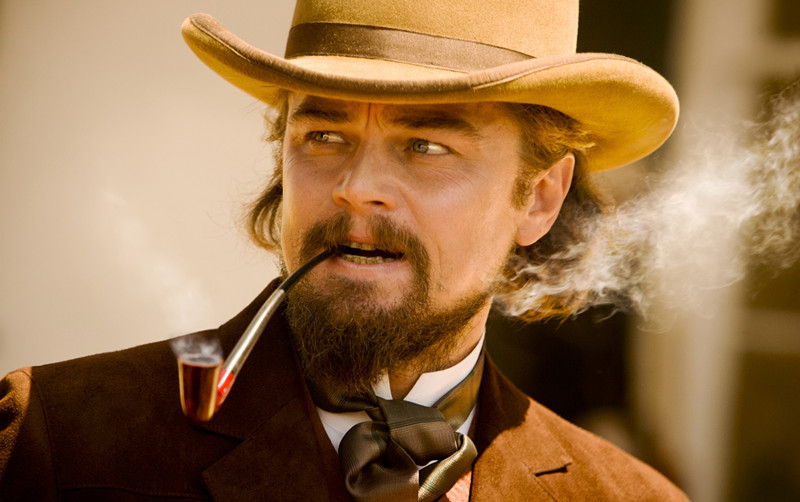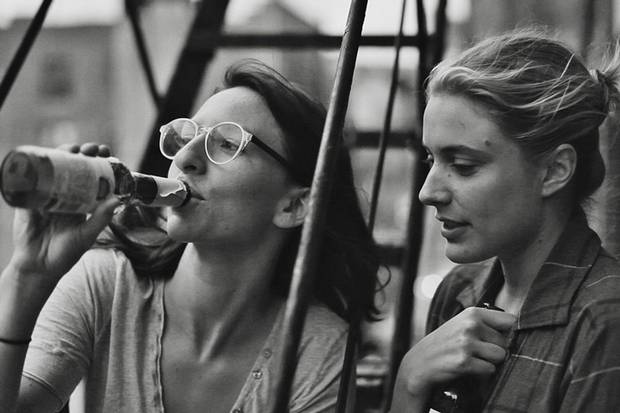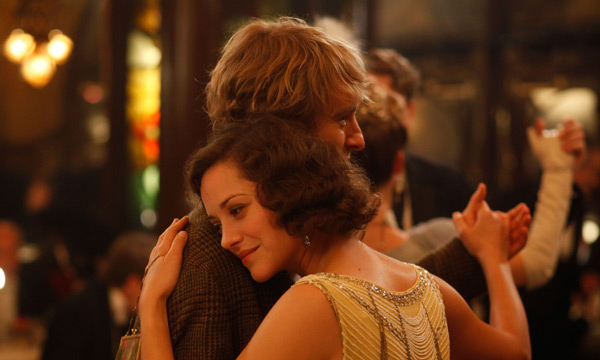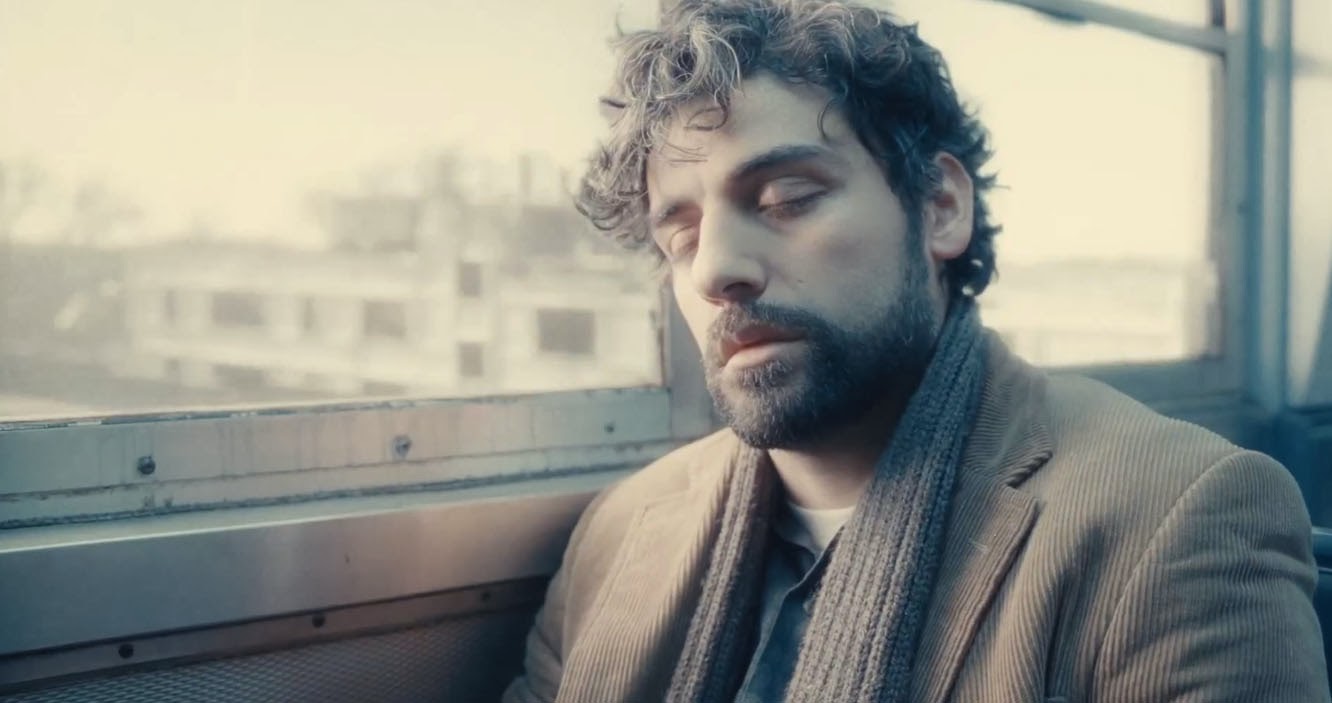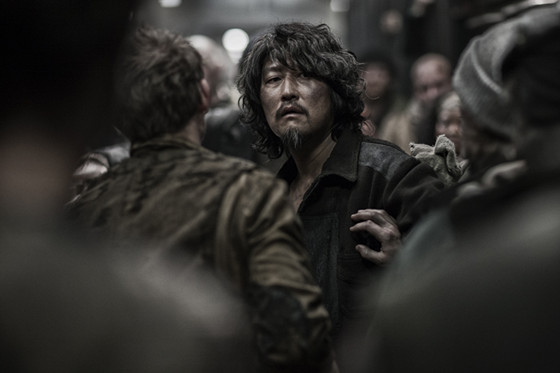6. Django Unchained – Quentin Tarantino
Come on, did you really think he wouldn’t be on here?
One of the most distinct voices and polarizing figures in American cinema, Quentin Tarantino is still a filmmaker like any other, and part of that is his unparalleled skill as a writer. Call him a thief all you want (you’d be right,) but to read a Tarantino script is less like reading an outline for a movie that might one day be and more like reading a novel— a complete work unto itself.
As for Django Unchained, this isn’t just one of Tarantino’s most purely entertaining films, it’s also a sly re-appropriation of an entire genre: the western. One of the most American, and also one of the most racist types of films in all of cinema, Tarantino uses Django to dismantle the genre’s common stereotypes and tropes. No longer would the tough, stoic white guy have the same kind of power.
7. Frances Ha – Noah Baumbach, Greta Gerwig
Their first collaboration as writers, Noah Baumbach and Greta Gerwig’s Frances Ha is almost so loose and freewheeling, it’s hard to remember they wrote a screenplay for it at all. But while Baumbach’s gorgeous black and white photography is enough reason to see this movie on its own, the witticisms of the screenplay are a special kind of dialog.
Frances is not always tactful, but her observations on life have a certain poignancy which is hard to escape. For instance, on the idea that parents become more selfless after they have a child, Frances insists that, “No, it’s still you! It’s half you! It’s a mini-you! I mean, you made it!”
The movie also presents an entirely original version of millennial malaise, beautifully capturing that time in one’s life where you don’t know what you want to do yet, but you do know you have to start figuring it out.
8. Midnight in Paris – Woody Allen
Like Tarantino, Woody Allen’s voice as a filmmaker and writer is completely unique, and not for everyone. But unlike Tarantino, Allen has become so prolific (often to his filmography’s determent,) it’s rare to get a movie from him which still feels like it can teach us something new.
Enter Midnight in Paris. Though the nebbish, neurotic hero (played by Owen Wilson, who does as good a job as anyone has at “playing Woody,” while still retaining some of his own charms) remains, the message is highly original. Released in 2011, when everyone was fawning over Hugo and The Artist, Midnight in Paris is similarly focused on the pleasures of nostalgia. But while Woody has always had a penchant for old things, Paris succeeds because it acknowledges nostalgia’s perils too.
The movie is a late career highlight for Woody, and a reminder that after all these years, you can’t ever count the Academy’s favorite screenwriter out.
9. Inside Llewyn Davis – Joel and Ethan Coen
Inside Llewyn Davis is no more devilishly puzzling, no more darkly humorous, no more meticulously executed than any of the Coen Brothers other movies. But there’s at least one thing that sets its screenplay apart, and that is the protagonist at its center.
More than it’s twisty, cyclical structure, or folky and phenomenal soundtrack (the Coens best since O Brother, Where Art Thou?), what makes Inside Llewyn Davis great is Llewyn. A talented screw-up with the best of intentions, he may be the Coens most relatable protagonist of all time. Played to a tee by the always excellent Oscar Isaac, Llewyn is less a cipher and a metaphor than any of the Coens’ other characters (though he may be those things too.)
It’s a rare thing to be able to make a period piece that feels at once like an accurate depiction of its time, and a completely relevant story for today, but leave it to the Coens to do it.
10. Snowpiercer – Bong Joon-Ho and Kelly Masterson
Snowpiercer, from writer/director Bong Joon-Ho, and writer Kelly Masterson, is, in a word, completely bonkers. Nothing about the absurdist premise (man-made destruction has turned the earth into a frozen wasteland where the remaining survivors are the inhabitants of a train circling round the globe) suggests that Snowpiercer should work. But this little piece of dystopian sci-fi weirdness packs so many punches, scene after scene, it’s always a shame to remember more people haven’t seen it.
Expertly structured so that our protagonists are constantly working to advance to the next train car (“fight your way to the front,” as the movie says,) every ten minutes or so, Snowpiercer changes a bit stylistically. One minute, it’s a brutal, bloody action film. The next minute, the characters are in a rave. But the key to all these changes is that like the train itself, the momentum never lets up.
Lest you think this movie is more spectacle than substance though, it’s worth remembering its major themes. Class, climate change, and information all play a major part in a film which ultimately seeks to reaffirm the surviving power of the human spirit in a completely un-maudlin, non-Hollywood way.
Author Bio: Chris Osterndorf is a freelance writer whose work has appeared on The Daily Dot, Mic, Salon, xoJane, The Week, and more. He currently lives in Los Angeles.
